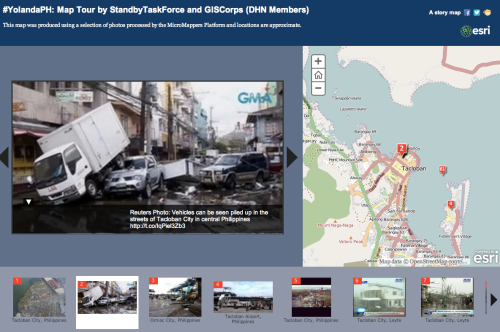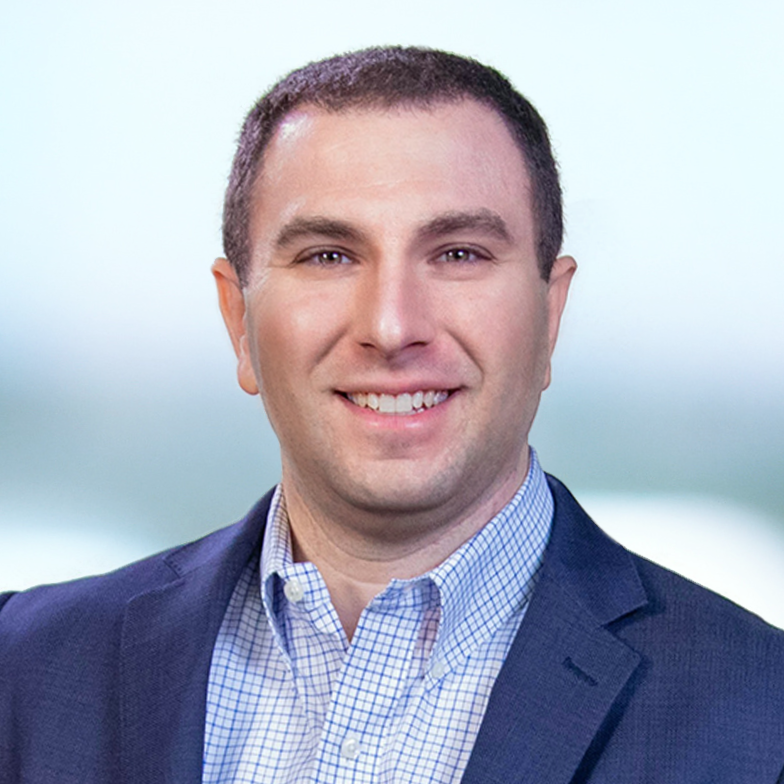Update. This blog post has been updated since its original posting to provide additional background on MicroMappers' two primary initiatives (TweetClicker and ImageClicker) and provide additional explanation.
Update 2. As of 9am Eastern on 11/13, no more Tweets and images are being added to the applications. However, you can still view results on the crisis map.
Typhoon Yolanda hit the Philippines this past Friday as one of the largest and most powerful storms ever recorded on earth. Many initiatives are underway to support response efforts. However, if you would like to support response efforts with your time and energy rather than donating, MicroMappers, at the request of the United Nations Office of Humanitarian Assistance (UN OCHA), has stood up two applications to help quickly identify ("tag") information from tweets and images relevant to disaster responders.
TweetClicker and ImageClicker are both simple to use "microtasking" applications to verify Tweets and images gathered from social media. The goal is to leverage the "crowd" to help sift through the massive amounts of data collected. Each application requires no technical expertise and can even be used on your computer or mobile device. The application runs you through a simple tutorial before beginning. Each message takes about 3 seconds to review and will get reviewed by two other people, so your selections will be validated by others as well.
NOTE: If you encounter a "100% complete" notice when navigating to the pages, keep checking back every hour. The applications are adding new messages and images to verify continuously.
The results of this effort are being displayed on a live crisis map supported by the StandbyTaskForce and GISCorps, which are both members of the Digital Humanitarian Network. Each of these groups are network of people and organizations with missions to support the formal and informal response.
In the response to Hurricane Yolanda/Haiyan, they are digitally skilled volunteers acting as force multipliers. Conceptually, they are similar to Red Cross's Digital Operations Center that leverages digital volunteers to support response efforts. However, describing these organizations and how they operate is a separate post.

Leading this effort, though, is MicroMappers. The initiative (loosely defined) is a partnership between QRCI, CrowdCrafting, and UN OCHA and is led by a number of industry technologists including Patrick Meier, Ji Lucas, Luis, Daniel, Ariba Jahan, Christine Jackson, and Daniel Lombrana Gonzalez.
For more background and continuous updates on Typhoon Yolanda/Haiyan response efforts using TweetClicker and ImageClicker, check out this blog post.





